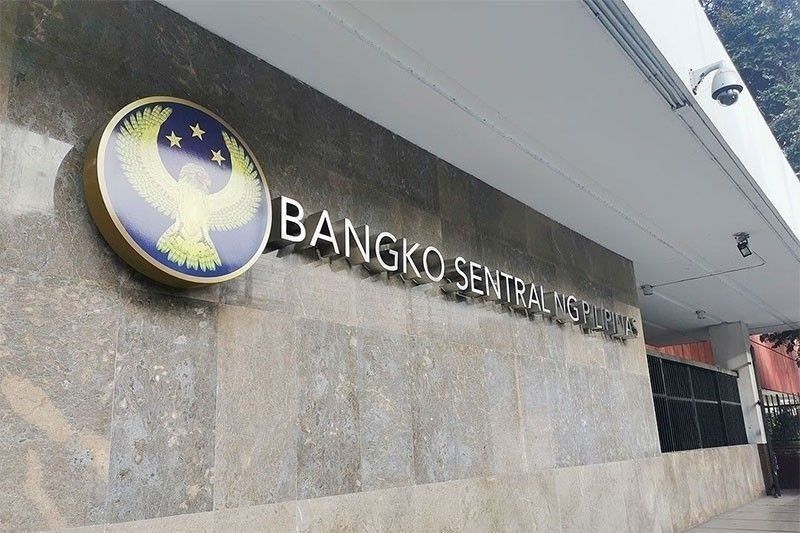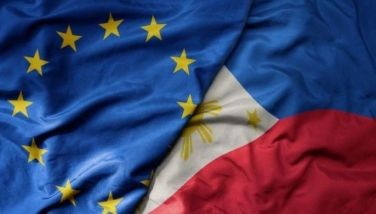Cuts to bring key rate to 4 percent in 2025 – Nomura

BSP policy surprises ahead
MANILA, Philippines — Risks are skewed toward more policy easing in the Philippines for the next two years as the Bangko Sentral ng Pilipinas (BSP) could cut interest rates by 125 basis points this year and another 125 basis points in 2025, Nomura Global Markets Research said.
If realized, this would bring down the country’s benchmark interest rate to 5.25 percent this year and four percent next year.
Nomura chief economist Sonal Varma and Asian economist Si Ying Toh said the research firm’s modified Taylor rule (MTR) showed that the Philippines has the potential for larger-than-expected rate cuts in the next two years compared to its baseline forecasts.
“The MTR suggests policy easing should begin in the third quarter of 2024, with 250 basis points of cumulative cuts to a terminal rate of four percent by 2025,” Varma and Toh said.
In its Asia’s second-half outlook report, Nomura presented its baseline views for the region. The firm expects the BSP to start its cutting cycle in October, with only 50 basis points in total for this year and 100 basis points for 2025.
The BSP is unlikely to start cutting borrowing costs before the US Federal Reserve, even if inflation pressures ease, to avoid further depreciation of the peso to the dollar. Nomura expects the Fed to start easing in September.
“However, the MTR suggests this would leave policy rates in restrictive territory, given an imminent fall in inflation to below the midpoint of the two to four percent target range, partly aided by lower rice prices,” they said.
BSP Governor Eli Remolona Jr. has hinted of a possible 25-basis-point rate cut on Aug. 15 as the current restrictive rate environment could “overdo” in quelling demand and may lead to “unnecessary” loss of output.
This was after the Monetary Board hiked borrowing costs by 450 basis points from May 2022 to October 2023 to tame inflation and stabilize the peso, bringing the key interest rate to 6.50 percent.
The Taylor rule is a formula developed by economist John Taylor in 1992 that suggests how central banks should set benchmark policy rates.
Economists use the Taylor rule to prescribe a value of interest rates based on inflation and gross domestic product (GDP) growth.
The Taylor Rule suggests that if inflation is above target or when GDP growth is above potential, central banks should raise rates. But if inflation is below the target level or when GDP growth is below potential, central banks should then lower rates.
“The modified version uses an interest rate smoothing term, as evidence suggests central banks change interest rates only gradually over time,” Varma and Toh said.
Nomura’s MTR reflects a higher weighting for the inflation gap as many central banks have moved toward an explicit or implicit inflation-targeting regime.
“We also use a greater weighting for the output gap, consistent with a more growth-supportive policy stance since the global financial crisis,” they added.
- Latest
- Trending




























